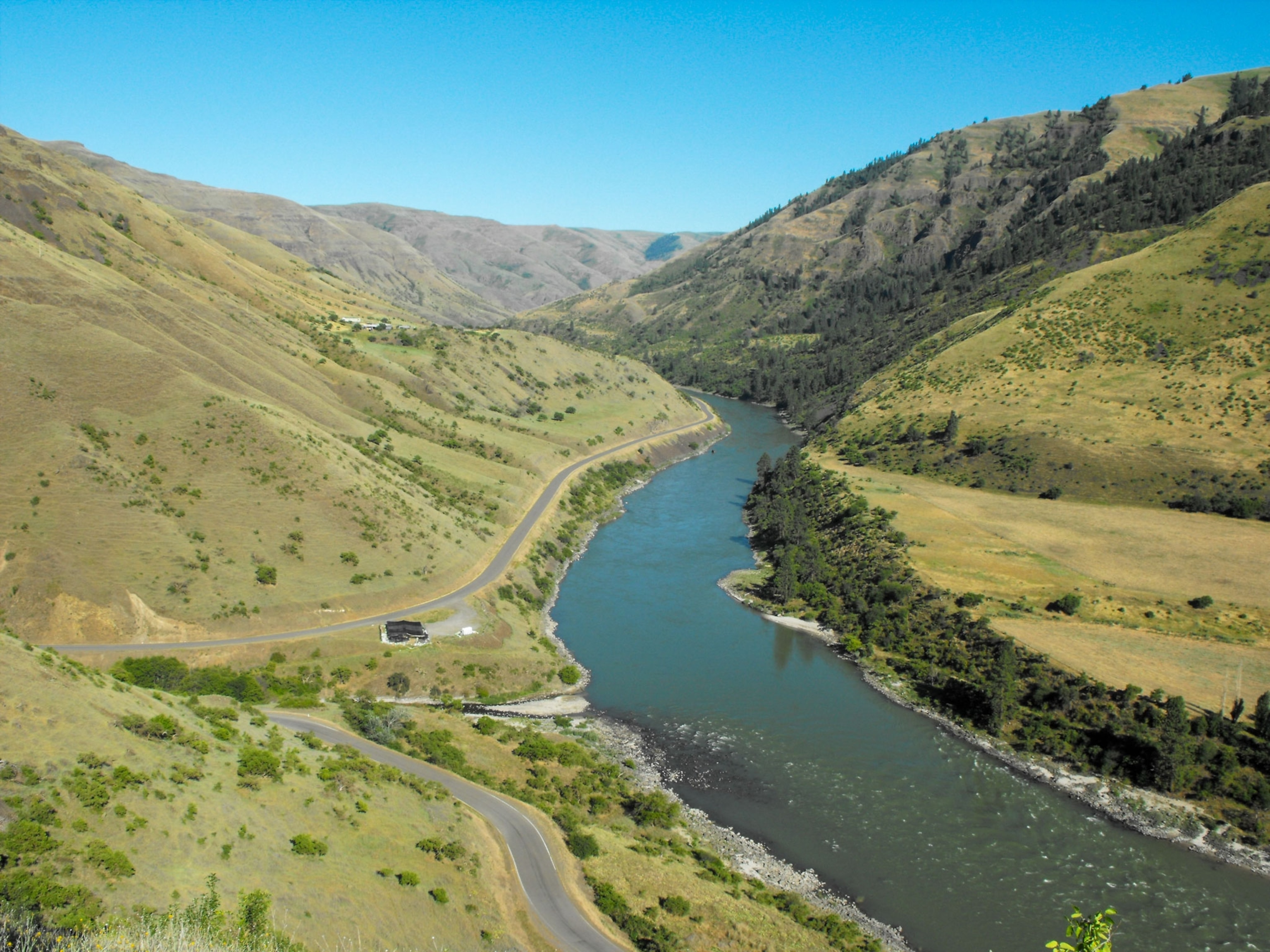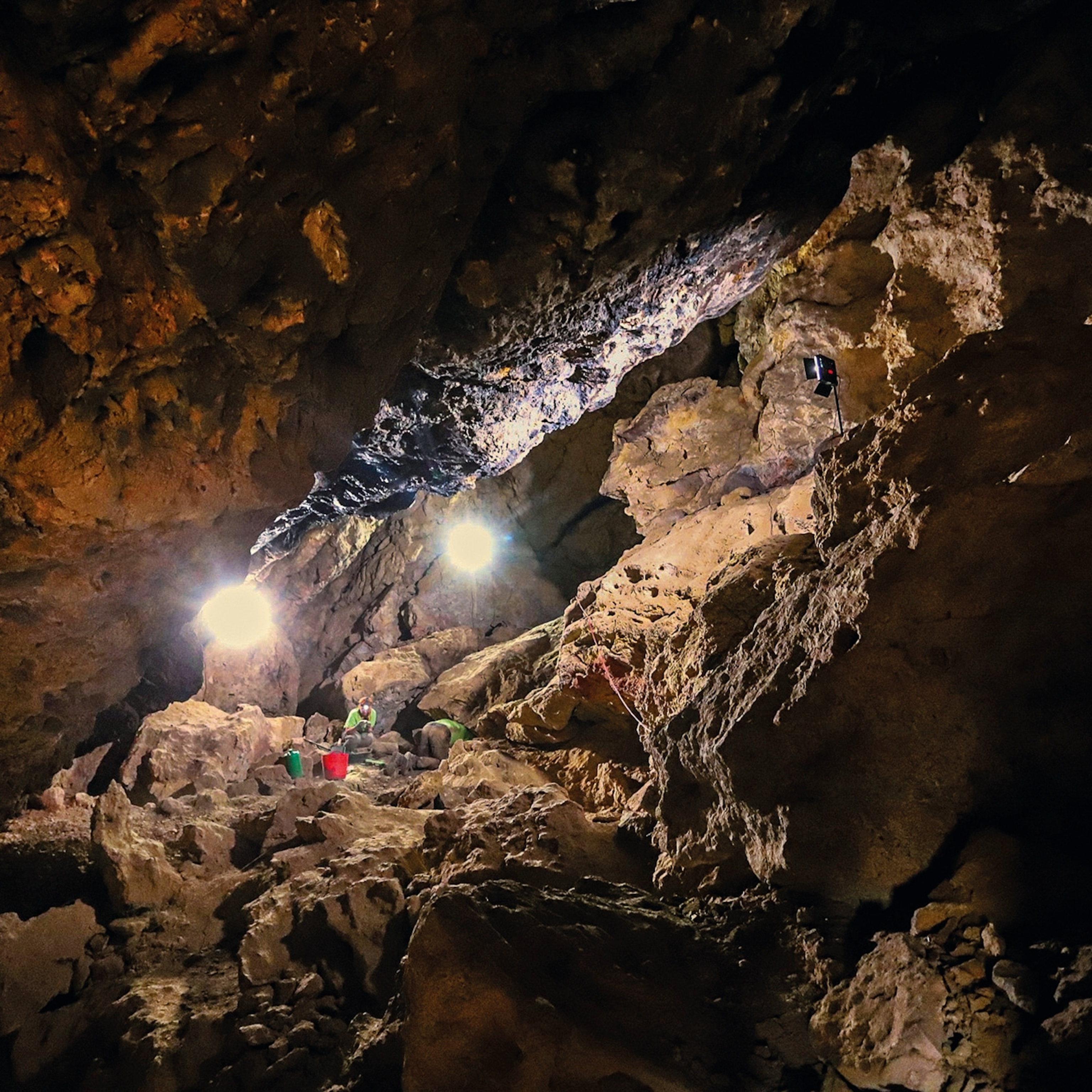One of the oldest archaeological sites in the Americas has been discovered in western Idaho, according to a study published today in the journal Science.
Radiocarbon dates show that people were creating tools and butchering animals in Cooper’s Ferry between 15,000 and 16,000 years ago, making Cooper’s Ferry a rare and important addition to the handful of archaeological sites that are upending the traditional theory of the peopling of the Americas.
Until a couple decades ago, Clovis stone tools, which are generally about 13,000 years old, were considered to be the first human technology in the Americas. As part of the “Clovis-first” hypothesis, most researchers believed that the people who made these tools first entered North America on foot from Asia by crossing Beringia, the stretch of land that once connected Siberia and Alaska, and traveling down an ice-free corridor that opened up when massive ice sheets that once covered the interior of North America began to retreat roughly 14,000 years ago.
That’s how the story went—until researchers started finding artifacts older than Clovis across the Americas.
Though dozens of sites claim to be what archaeologists call “pre-Clovis,” Donald Grayson, archaeologist and emeritus professor at the University of Washington, believes that to date only a handful are accurately dated, including Monte Verde in Chile (about 14,500 years old), the Friedkin and Gault sites in Texas (15,500 years and 16,000 years old, respectively), and the Paisley Caves site in Oregon (about 14,000 years old). But even Grayson, who admits he has a relatively "hard-nosed" view, would now include Cooper's Ferry in his short list.
"Cooper's Ferry, to me, is a totally convincing pre-Clovis site," says Grayson, who was not involved in the new study.
Todd Braje, an archaeologist at San Diego State University who reviewed the Science paper, similarly said the site is further evidence that "the Clovis-first model is no longer viable."
“Older and older and older”
At the bottom of a canyon near a bend in the lower Salmon River, Cooper's Ferry is an idyllic spot with hot summers and cold winters. The Niimíipuu (Nez Perce) indigenous people referred to this site as an ancient village called Nipéhe.
Archaeologist Loren Davis, a professor at Oregon State University in Corvallis and lead author of the Science report, first excavated at Cooper's Ferry in the 1997 as part of his PhD dissertation. He found a cache of stone points, known as western stemmed points, that could have been fixed to the handle of a spear or another weapon or tool. Radiocarbon dates of bone and charcoal that were buried in the same small pit suggested these tools were up to 13,300 years old.
Davis returned about ten years later to lead a more extensive exploration of Cooper's Ferry because he still had some lingering questions. Namely, Davis wanted to know if the tools he found in the 1990s were older than tools in the Clovis tradition.

Over the last decade of excavation, Davis and his team found evidence of heat-cracked rocks from ancient campfires, workspaces for making and repairing tools, butchering sites, and fragments of animal bone. Last year Davis’ team sent a sample of charcoal from a hearth for radiocarbon testing and was surprised that it was in the 14,000-year-old age range. To confirm those results, more samples of material from Cooper’s Ferry were tested.
"Our results just kept on coming in older and older and older," Davis says. The deepest layer of artifact-filled sediment at the site had an age range of about 15,000 to 16,000 years old. "I just never had thought that the site was going to be this old.”
An "off-ramp" into the Americas
The old age of Cooper's Ferry is another piece of proof that people were already south of the ice sheets that once covered North America before an ice-free corridor into the lower part of the continent opened up about 14,000 years ago. Davis and his colleagues think their findings offer support for a theory that's been gaining popularity among archaeologists: That the first people to see the American continents were seafarers who paddled to the Pacific Coast.
"The most parsimonious explanation we think is that people came down the Pacific Coast, and as they encountered the mouth of the Columbia River, they essentially found an off-ramp from this coastal migration and also found their first viable interior route to the areas that are south of the ice sheet," Davis says.
The western stemmed points found at Cooper's Ferry may be among the oldest found in the Americas, and they might be evidence that this tool-making technology developed before Clovis.
"These new finds cement the fact that stemmed point technology represents the earliest [technology] in the Americas," says Charlotte Beck, an emeritus professor of archaeology at Hamilton College in New York.
In the study, Davis and his colleagues noted similarities between the tools they discovered and artifacts that were made 16,000 to 13,000 years ago in Japan—perhaps pointing to an origin story for these types of stemmed points.
Grayson, however, is wary of making such connections. "Similarities in artifacts, unless they're really complex, don't really tell us about relatedness," he says.
Braje, on the other hand, finds those connections "intriguing" though he admits they're still very tentative. "The challenge now is connecting [Cooper's Ferry] with the handful of other early sites in North America and globally," Braje says. "We have a lot of work to do to build the story."









